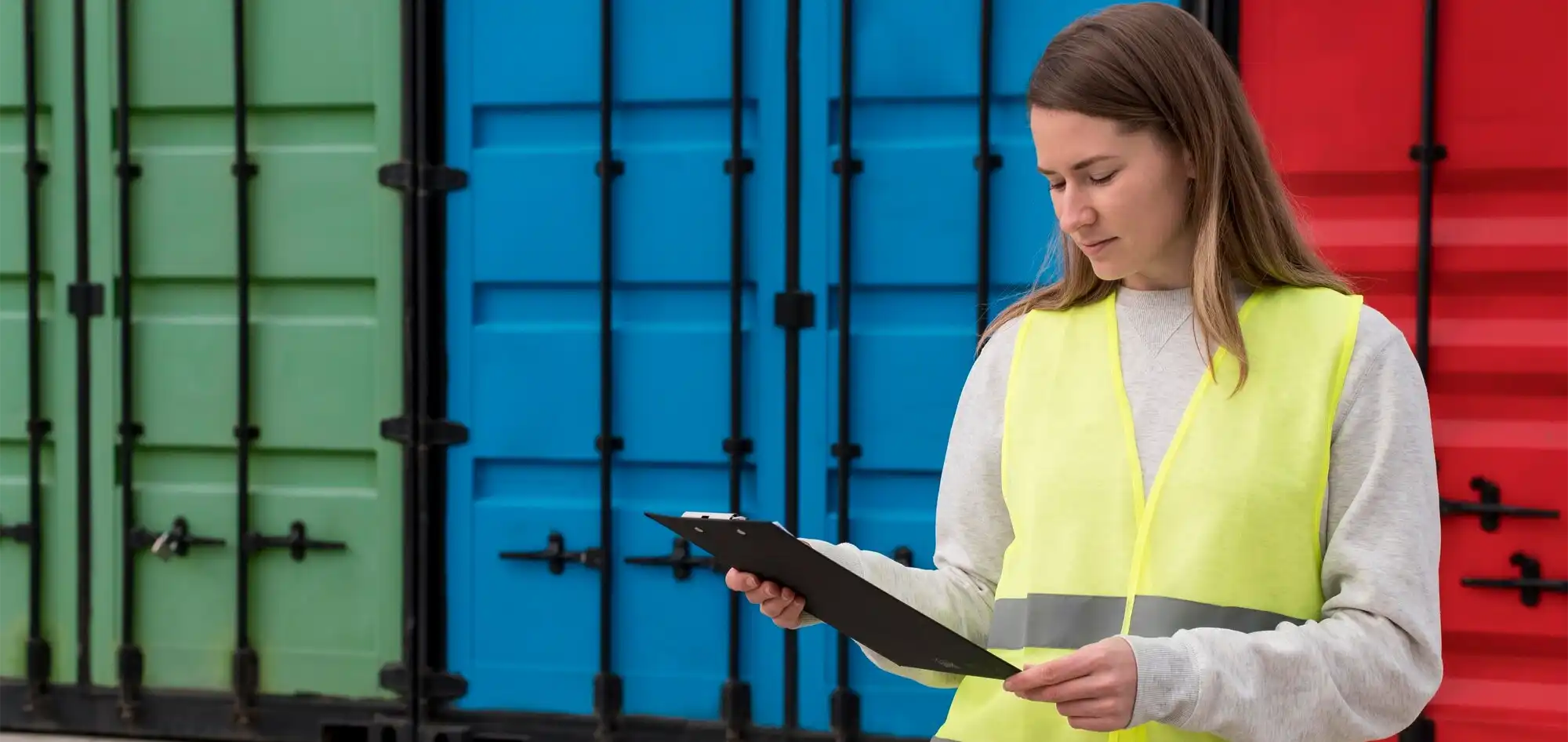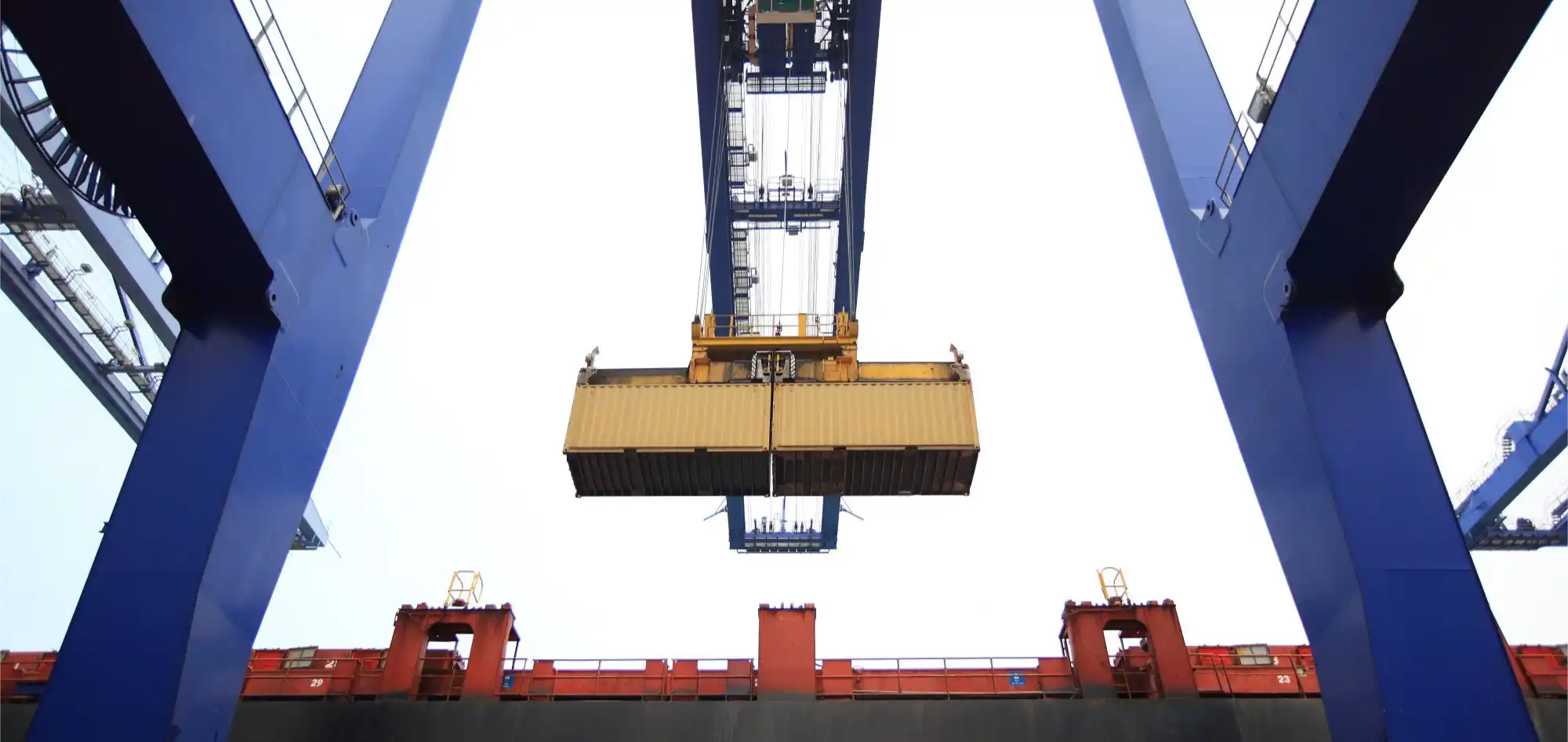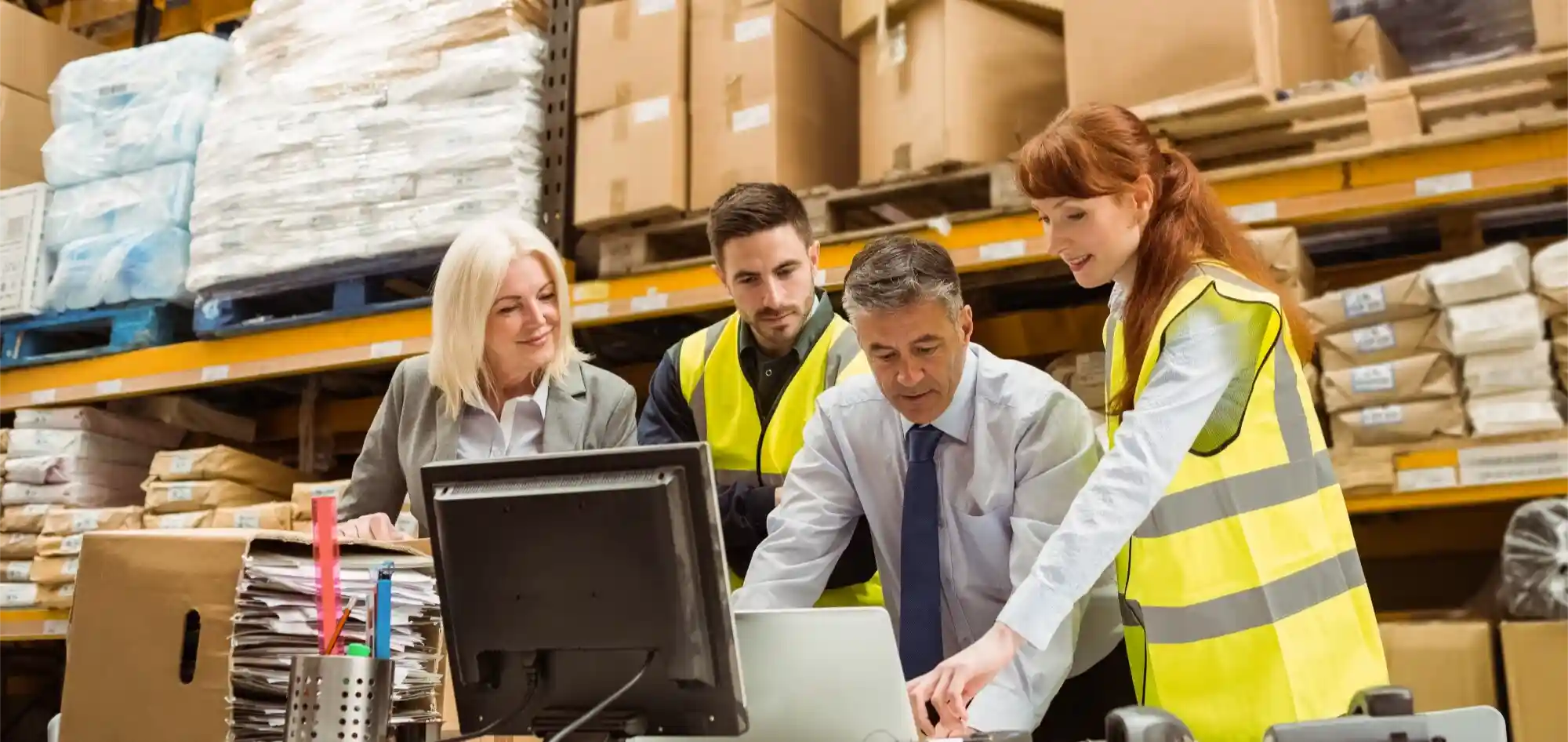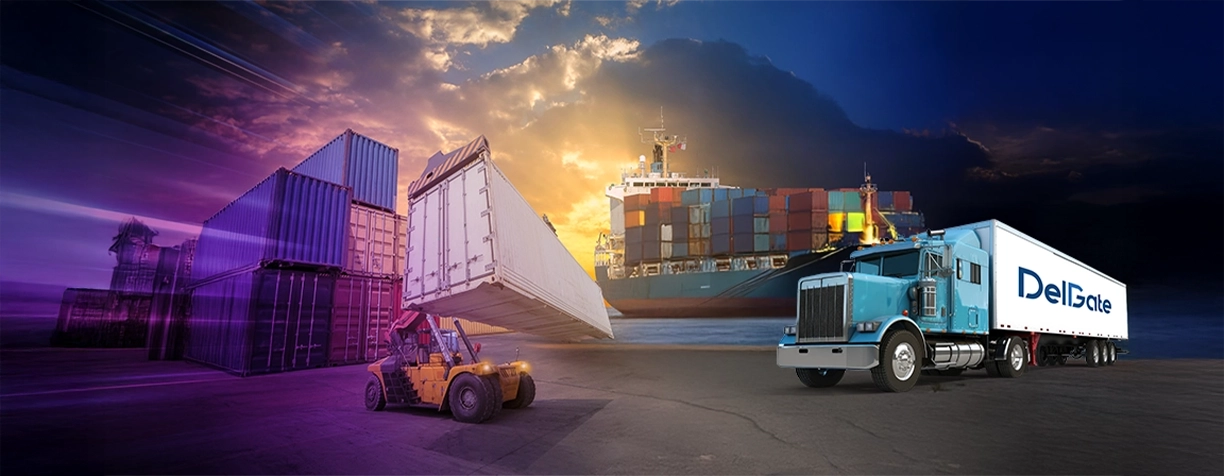Port congestion issues have long been a major concern for the logistics and transportation industry in Canada. With the growing demand for goods and increasing complexity of global supply chains, ports are facing unprecedented challenges in handling the influx of cargo. To overcome port congestion issues is critical to ensure timely delivery of goods and maintain a smooth flow of trade. One of the most effective solutions to overcome port congestion issues is through transloading.
The bottleneck in port operations isn’t just a local problem; it ripples through the entire supply chain, affecting businesses and consumers alike. Increased wait times, demurrage charges, and potential spoilage of perishable goods are just some of the consequences. Understanding the root causes of these challenges is the first step toward implementing effective solutions. Factors such as limited infrastructure, labor shortages, and outdated technology contribute to the problem, making it essential to explore innovative strategies to alleviate the pressure on port facilities.
What Is Transloading?
Transloading is the process of transferring goods from one mode of transportation to another, often to accommodate different shipping methods or to reduce costs. Goods can be transloaded from a truck to a train or from a ship to a truck to reach their final destination efficiently. In the context of overcoming port congestion issues, transloading plays a vital role as it reduces the amount of cargo handled by ports, thereby decreasing congestion.
It’s about creating a more fluid and flexible system that bypasses the constraints of port infrastructure. Consider a scenario where goods arriving by ship are immediately transferred to rail cars for inland distribution. This reduces the need for long-term storage at the port and allows for a faster turnaround of vessels.
Table of Contents
The Role of Transloading in Reducing Freight Costs

Transloading is not only an efficient way to overcome port congestion issues but also helps reduce freight costs. By transferring goods from one mode of transportation to another, businesses can avoid paying for expensive shipping options like shipping containers that may not be required for their specific cargo. Additionally, transloading enables companies to take advantage of more cost-effective shipping methods like rail or intermodal transportation.
For example, instead of relying solely on trucking for long-distance transport, businesses can leverage rail networks to move goods to inland hubs. This can significantly lower fuel costs and reduce the environmental impact of transportation, contributing to both financial and environmental sustainability.
Advantages of Transloading Logistics
Transloading offers several advantages to businesses looking to overcome port congestion issues. These include:
- Reduced congestion at ports, leading to faster turnaround times and increased productivity
- Improved flexibility and scalability to accommodate changing cargo demands
- Decreased transportation costs due to reduced reliance on expensive shipping methods
- Enhanced supply chain visibility and real-time monitoring of cargo movements
Transloading enhances supply chain resilience by diversifying transportation options, allowing businesses to mitigate risks associated with single-mode reliance. This adaptability is crucial in the face of unforeseen events like weather disruptions or labor disputes, which can be particularly devastating when port operations are affected. By leveraging transloading, businesses can overcome port congestion issues, maintaining continuity and minimizing disruption.
Overcome Port Congestion Challenges with Transloading
Transloading is a critical component of overcoming port congestion challenges. By transferring goods from one mode of transportation to another, businesses can ensure a seamless flow of cargo and minimize delays. This not only ensures timely delivery of goods but also maintains a healthy supply chain ecosystem.
The speed and efficiency of transloading operations can be further enhanced through the use of advanced technology, such as automated sorting systems and real-time tracking platforms. These tools provide businesses with greater control over their cargo and enable them to make informed decisions about transportation routes and schedules.
Canada’s Third-Party Logistics (TPL) Industry Plays a Key Role
Canada’s third-party logistics Canada (TPL) industry is a crucial player in the transloading process. Companies like third-party logistics Canada offer expert logistics services, including transloading, to help businesses overcome port congestion problems. These services ensure that cargo is handled efficiently and effectively, reducing congestion and associated costs.
TPL providers bring specialized knowledge and resources to the table, offering a range of services such as warehousing, inventory management, and customs brokerage. By outsourcing these functions to experienced professionals, businesses can focus on their core competencies and leave the complexities of logistics to the experts.
Examples of Successful Transloading Operations

Several companies have successfully implemented transloading operations to overcome port congestion issues in Canada.
Canada Solar Panel Transloading
A leading solar panel manufacturer in Canada implemented a Canada solar panel transloading service to overcome port congestion issues. With a dedicated transloading facility near the port, the company was able to transfer solar panels from shipping containers to trucks and then on to its manufacturing plant. This reduced congestion at the port and ensured timely delivery of raw materials, resulting in a significant reduction in production costs. This strategic decision enabled the company to maintain a consistent supply of solar panels, ensuring that production schedules were not disrupted by port delays.
Costco Transloading Service in Canada
Retail giant Costco has also implemented a Costco transloading service in Canada to overcome port congestion issues. With a network of transloading facilities across major ports, Costco is able to quickly and efficiently transfer cargo from ships to trucks and trains, minimizing delays and reducing costs. This is crucial for a company like Costco, which relies on a vast and complex supply chain to keep its shelves stocked with a wide variety of products. By optimizing its transloading operations, Costco can ensure that goods reach its stores in a timely manner, maintaining customer satisfaction and driving sales.
Transloading in Canada
Transloading in Vancouver, Transloading in Toronto, and Transloading in Montreal is becoming increasingly critical as these major ports face growing pressure from increased trade volumes. Each of these cities has its own unique challenges and opportunities when it comes to transloading. Vancouver, with its proximity to Asia, is a major gateway for goods entering Canada. Toronto, as a major industrial and population center, requires efficient distribution networks to serve its diverse economy. Montreal, with its strategic location on the St. Lawrence Seaway, plays a vital role in connecting Canada to global markets. Effective transloading operations in these cities are essential for ensuring the smooth flow of goods throughout the country.
Statistics Highlighting Port Congestion Issues in Canada
According to Statistics Canada, increased cargo volumes have caused significant congestion at major ports, leading to delays and lost business. Transloading offers an effective solution to overcome port congestion issues, minimizing disruptions and maintaining a smooth supply chain.
| Statistic | Value |
| Cargo Volume Increase (2018-2023) | 12.5% |
| Average Port Congestion Hours (2022) | 20 hours |
| Total Cargo Lost Due to Port Congestion (2023) | $500 million |
Real Companies Providing Fulfillment Services

Several companies in Canada offer transloading logistics services to help businesses overcome port congestion issues. These include:
- DB Schenker Canada
- Maersk Canada
- DHL Canada
- DelGate
- TForce Logistics Canada
These companies offer a comprehensive range of services, including transloading, warehousing, distribution, and customs brokerage. They have the expertise and resources to help businesses optimize their supply chains and overcome the challenges of port congestion.





